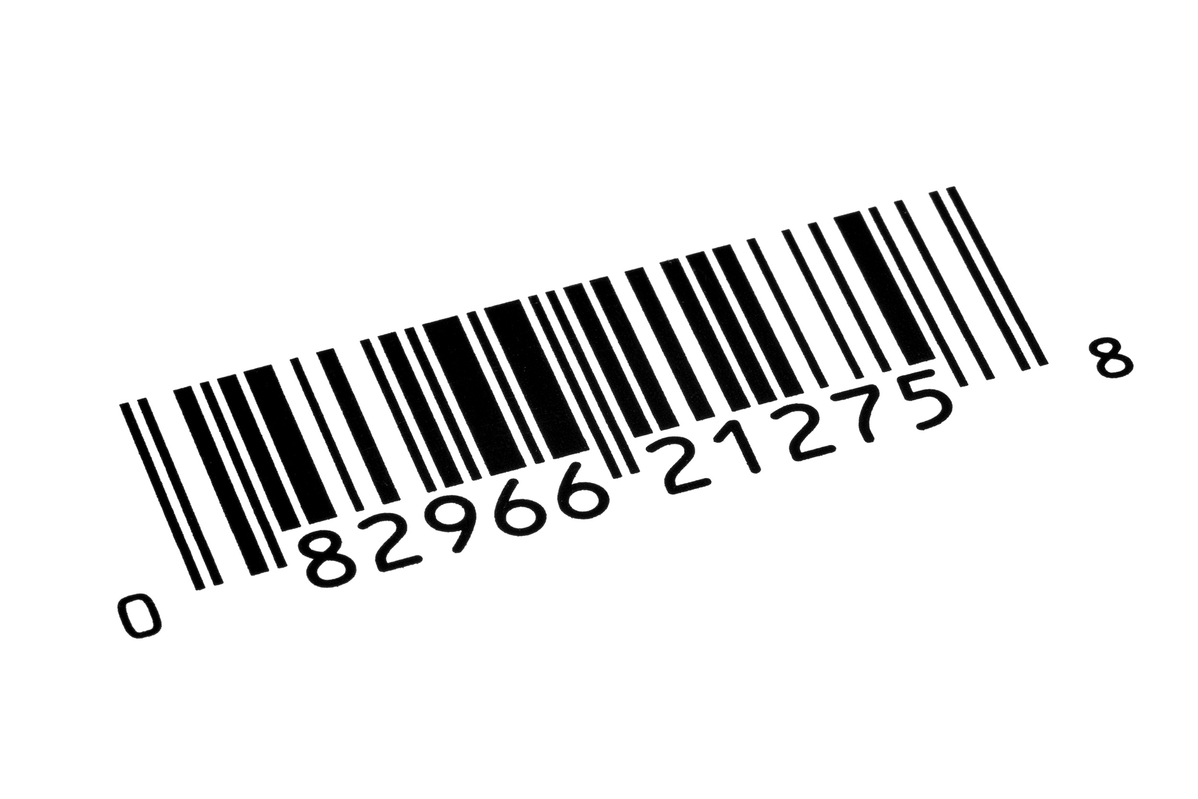Zhejiang leads global shift to 2D bar codes


Breakthroughs in standards have made province a model case, CEO of GS1 says
Zhejiang province is leading China and the world into a new era of two-dimensional bar codes and paving the way for the development of global digital trade rules, said Renaud de Barbuat, president and CEO of GS1, an international nonprofit and standards organization that assigns unique numbers for bar codes on products.
Barbuat's remarks came on the sidelines of GS1's ongoing Global Forum in Brussels, Belgium, where more than 2,500 representatives of member organizations and companies have gathered, both offline and online, to celebrate the birth of the bar code and discuss ways to adopt its 2D avatars.
Established in 1974, Brussels-based GS1 has member organizations in 116 countries and manages the most widely used system of bar code standards in the world, where some 6 billion such codes are scanned every day.
First used on a 10-pack Wrigley's Juicy Fruit gum, priced at 67 cents at a supermarket in Troy, Ohio, the United States, in 1974, the GS1 bar codes have transformed the retail industry, with stores being able to track their inventories more easily and accurately.
Shifting consumer habits and the availability of new technologies have made upgrading the linear bar codes into 2D ones necessary for modern, digital commerce, Barbuat said.
A linear bar code, usually available in eight to 14 digits, allows a product to be uniquely identified, but it does not carry more information. Hence, for today's digitally savvy shoppers, a 2D bar code makes sense because it can store extra information in its horizontal and vertical patterns, said Pan Xin, an official with the Zhejiang Administration for Market Regulation, who attended the forum.
"For example, consumers may want to know the manufacturing and sell-by dates of products or their ingredients or their nutrition information using smartphones, and that's where a 2D bar code, which can store more data, including corporate videos, comes in handy," Pan said.
The 2D codes not only help protect the environment by doing away with paper instruction manuals, they also help retailers track sales using real-time data, he added.
In 2020, GS1 introduced the "Global Migration to 2D" initiative, or GM2D, which is aimed at promoting the global transition from linear bar codes to 2D ones, especially the QR code, in the retail industry by 2027 to improve supply chain efficiency and enhance consumer engagement.
In May 2022, Zhejiang signed an agreement with GS1 and GS1 China, to become the world's first GM2D demonstration area.
Relying on the "Zhejiang Food Traceability Chain" system launched in the province in March 2021, Zhejiang first promoted 2D codes in the food industry, where a "safety traceability system" is mandatory by law.
The codes have incorporated both regular information, usually seen on packaging, and also features such as customer service, test reports and anti-counterfeiting signatures, further improving food safety through traceability.
"From the perspective of a market regulator, a 2D code ensures a consumer's right to know and helps improve regulation efficiency," said Yao Hua, deputy director of the Zhejiang market regulator.
Xie Xiaodong, deputy general manager of Hangzhou Lianhua Huashang Group, a major supermarket chain in Zhejiang, said, "The 2D code system not only brings great convenience to our inventory management, but also intercepts expired goods on time to avoid consumer disputes."
At Zhejiang demonstration area, major breakthroughs have been made in standards, technology and patents, making the province a model case for others across the globe to follow, Barbuat said.
Statistics from the provincial market regulator show that over 67,000 market entities and 5,226 stores in Zhejiang have adopted 2D codes, far exceeding the original target of 7,000 and 200, respectively, as the benefits of using these codes are increasingly recognized.
A total of 140 million 2D codes have been issued for 189,000 products, including 26,000 exported to 75 countries, and extended to nonfood products such as household appliances, suitcases and outdoor equipment.
"As we enter the next phase of the pilot project, more businesses from other industries and more international partners are expected to join," said Pan, the official with the provincial market regulator.




































